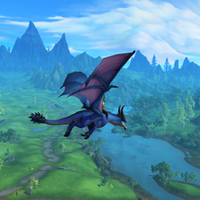Blizzard answers our questions on two of Dragonflight's biggest overhauls
We sat down with Brian Holinka and Crash Reed to chat about class talent trees and the UI update.

World of Warcraft: Dragonflight is less than two months away and will see us venturing to the mysterious Dragon Isles for the first time. As with any new expansion, there are plenty of exciting new features to look forward to including Drackthyr evokers, the new class and race combo, as well as a new way to take to the skies with dragonriding. But as exciting as those new additions are, some of the biggest updates bring substantial changes to both the class talent system and the way we view the world of Azeroth with the UI overhaul and its numerous accessibility features.
With that in mind, I sat down with Brian Holinka (Lead Combat Systems Designer) and Crash Reed (Lead UX Designer) from Blizzard to discuss the big changes coming to World of Warcraft's upcoming expansion.
Class talent trees
PC Gamer: The last time we saw class talent trees was during the Cataclysm expansion. Was there anything that prompted you to bring them back for Dragonflight?
Brian Holinka: I think maybe a few things. One was just the length of time between when we last revisited them. Just whenever we look to a new expansion, we're looking at opportunities to excite players and do something different. We have this game that has gone on for so long and we always want to provide new things to players, particularly in the class arena. Players want new abilities, they want new forms of power. And how do we keep stacking new exciting abilities onto players without it becoming overly cumbersome?
Since Legion, we've done these endgame systems that players have often referred to as borrowed power, where [we say] "Here's something cool and new," and "All right, the expansion is over, we're going to retire that". Trying to find a solution that works, that provides players with new opportunities, and that's why we're like, let's revisit the talent system.
So that was one [reason], and then the other was when we added Exile's Reach in Shadowlands, a new way for players to start the game: there were a lot more people, especially on the team, who were levelling up again. And when you compare that to, say, the experience that a lot of us were starting to have in Wrath [Classic], there was something to getting a talent point every time you levelled, instead of just being explicitly handed a spell and saying this is your upgrade. And so those things made us revisit them. And I believe that's really what landed us on "let's do talent trees again."
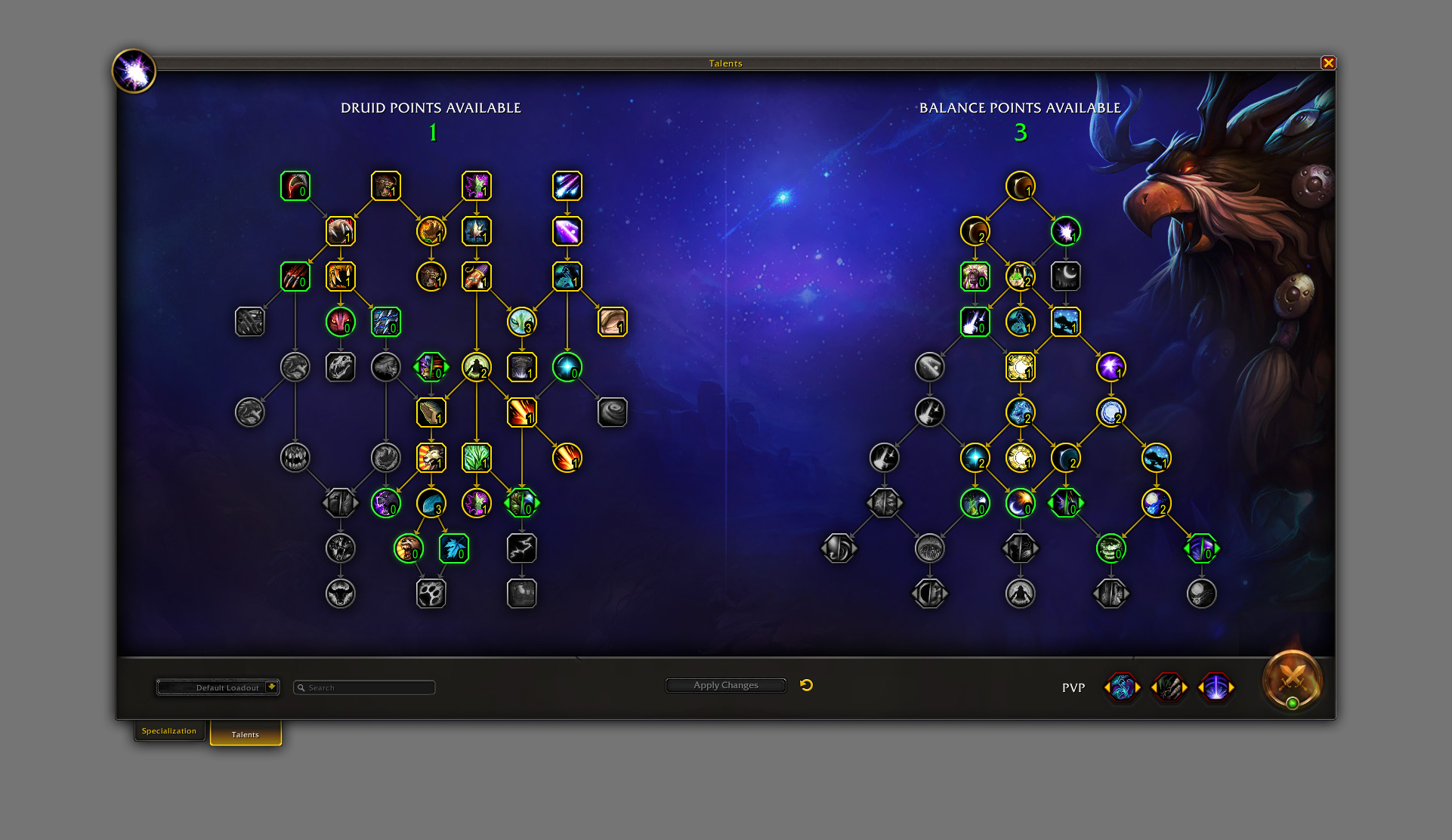
On the subject of things last seen in Cataclysm, any plans to bring back reforging at all?
Keep up to date with the most important stories and the best deals, as picked by the PC Gamer team.
Holinka: Currently? No. I remember back in those days of reforging, I understand why people loved turning a piece of gear into that perfect piece of gear. But if you also remember, it would be raid night, and a piece of gear would drop, and you're like, "That's awesome. I'm going to just set that aside and when I get done with my raid, I will go and reforge it, I will socket it with gems, and I will get it enchanted, and now it's a real item that I can actually wear." That wasn't a great experience so I don't think we're going to be revisiting that anytime soon.
There was a bit of a running joke about demon hunter talent trees taking so long because they only have roughly three abilities to start with. Was it a challenge to make the talent trees for the newer classes that didn't have them before?
Holinka: Yeah, absolutely. It was challenging, but it was also a good opportunity, right? The demon hunters were made in an expansion, in a period where there were very spec-specific things going on. The specs were designed to be very stand-alone. So if you're a havoc demon hunter, you had your own movement ability that was different from vengeance, you had your own builder and spender that were different from vengeance. And as such, you didn't have a lot of play between the two specs. And so one of the real challenges we had was how many of these things can we share between the specs? What is too much power?
For what it's worth, I don't think we're sitting here saying we did it, we nailed it, and we're done.
Brian Holinka
For instance, we had added Sigil of Silence, and we put that in the class tree and thought, "Hey, this will be really cool". Havoc demon hunters, if they really commit, will be able to get Sigil of Silence but maybe they'll have to give up Chaos Nova. So one is an AoE stun and Sigil is an AoE silence. Then we did it and unfortunately, it wasn't that difficult to get both and so you're essentially giving this ability to havoc. We played it in dungeons and they just had tremendous lockdown, they just locked down an entire pack for 12 seconds with these two different categories of crowd control and that was problematic. So we had to look at it and do the tree again.
So on one hand, we wanted to give a lot of the spec-specific utility to the other specs. But on the other, you don't want to power creep the classes to a point where it destroys the game. So yes, it was a pretty big challenge. And, for what it's worth, I don't think we're sitting here saying we did it, we nailed it, and we're done. Right? We know that players are going to discover builds that are perhaps too powerful, and will have to be adjusted. Players are going to highlight that certain choices are not very interesting and we're going to want to improve them and make certain trees better. So in future content updates, players should expect us to make changes to the trees as we try to improve them.

Have there been any unexpected difficulties with designing the new talent trees, aside from the newer classes?
Holinka: Honestly, just settling on a design was a challenge, right? There are so many things we could do here. We actually had a three-day summit, where I said, "Hey, I'm gonna take the team offline for three days," and we actually had some UX designers join us as well. And for three days we were all talent system, just to kickstart the process of where we were going.
So we took the whole team and we got aligned on the goals. What do we want this talent system to be—we want to give a talent at every level, we want it to be a system that we can use for several expansions going forward. We wanted to have the same flexibility you have now, those sorts of things. And then we started talking about what was good and bad about our current system. What were other systems we've seen in other games, including, vanilla, Classic, or many other Blizzard games? But also other games out there.
We have a number of people who play Path of Exile, and we have people who play Borderlands and we talked about all the ways that these different talent systems interact, what was good about them, bad about them, and how they could apply to WoW. And then we had a day where we just pitched ideas to examine them and tried to apply them to World of Warcraft. And then we presented and talked about them to our game director Ion, and said, "this is the one the team likes."
Even once we had that, there were still months of like, "Let's apply this to two classes, druids and rogues, and see how it works". And figuring out the rules and coming up with the idea of the gate system that we have in there, where you can go no lower [on the talent tree] until you spend eight points, and the problems that solved for us. And what's too complex? So it was great but it took a while to settle on that design. But really, I'm happy with where we landed and it seems like players are happy too.
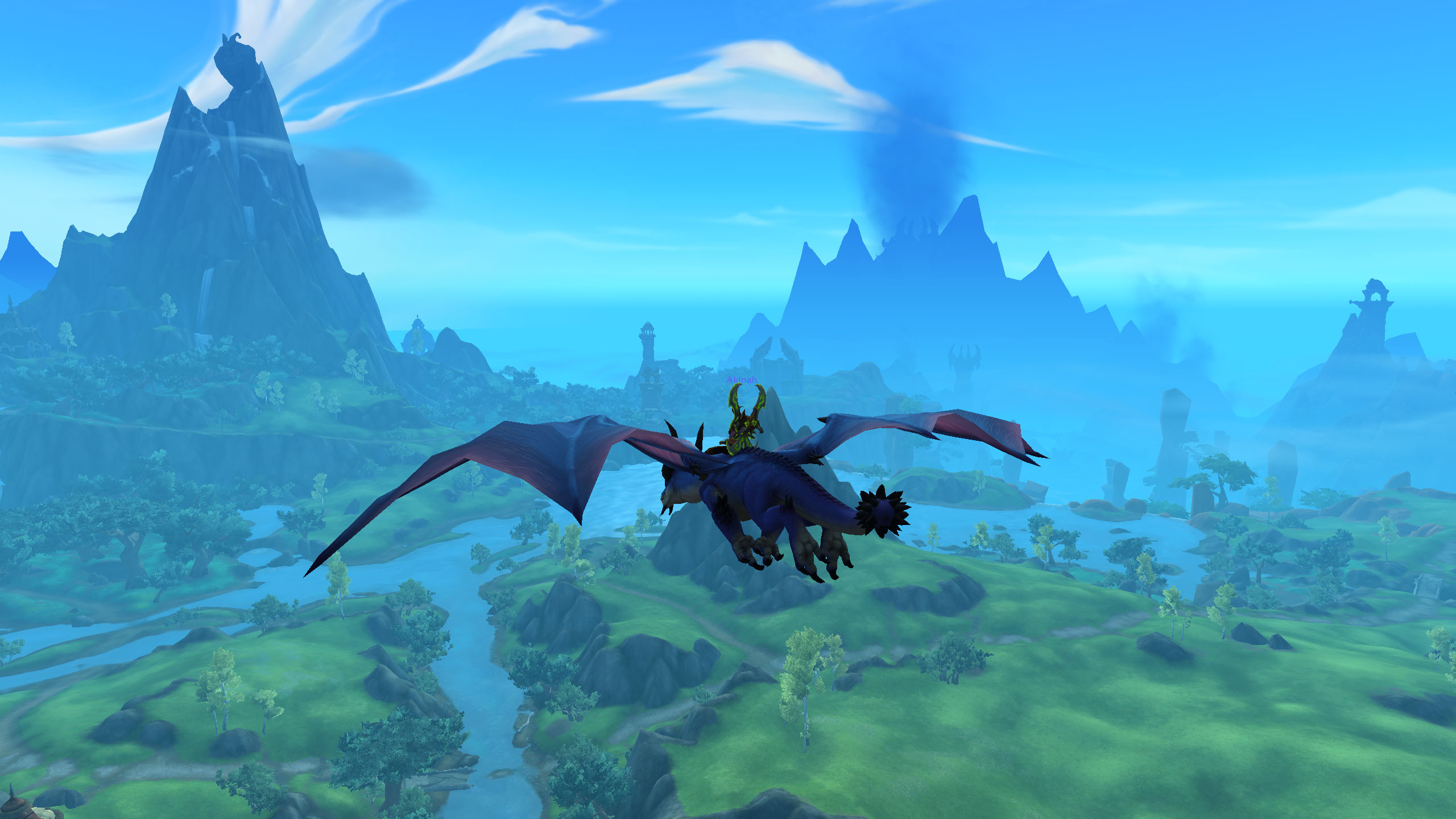
I imagine having complex talent trees for every class and spec must make balancing far more of a headache than perhaps it already was?
Holinka: Certainly. An extreme example is that we could have one class with one button and a perfectly balanced game that was super boring, right? But one of the important things for us is having these awesome classes that deliver a power fantasy for players, that they can go on an adventure with their friends in Azeroth and meet certain challenges together. It is a tricky problem, I think we're up to the challenge, but it will be a lot of iteration and updates.
And that has even happened in beta, having the players let us know what the problems are and just addressing it and reacting to feedback as we get it. But I think you always have to balance the experience that it gives the players to have this much customization and freedom, to have control over the game and how they play it, and the balancing problems that it creates for you, as a design team, and how you address it. And you know that that balance can be a problem for players too, right? Because they want to have their character feel like it's very capable and has value to their friends and in their group. So it is a big challenge. But it isn't that much different from the challenges we've had to face for years with having this many different specialisations in the game. So I'm confident we can continue to deliver a balanced experience for everyone.
Can you speak about what it involves to make a balance change, just generally? What kind of things do you have to take into consideration?
Holinka: Yeah, certainly. One we do take into account is the "is this a fun experience that they're having?" There are sometimes balance problems, let's say something is too strong, and not only is it too strong, but players just don't like it. Maybe it's that they're pressing a button, and this button has become so dominant, or this interaction has become so dominant that it leads to a kind of boring playstyle. And that's our biggest problem. And that's something we obviously want to clean up.
You have to balance a number of factors when making a decision. How can we rein this in without necessarily destroying the fun?
Brian Holinka
I think the trickier problem is, yes, you've created a balance problem, but they're having a tonne of fun with it. And so then you have to balance. And it's tough when you're having these conversations about balance, and having to talk about how you have to balance a number of factors when making your decision. But yeah, how can we rein this in without necessarily destroying the fun? And that is tricky but it's something that you have to do. But also, what are the other options? What's contributing to this? Maybe it's not always the most obvious thing, you know? For instance, if a particular ability, let's just say, Starsurge on balance druids is doing a lot of damage. We have such a robust logging culture in World of Warcraft, where people can see parses and they say, "Oh, Starsurge is doing a lot of damage, nerf Starsurge". Well, it may not be Starsurge. It may be some other sequence of damage modifiers and they're using it on their Starsurge ability. So we have to look at all that and dig into the problem and the interactions.
I feel like I talk about that with the team all the time: something can be good, it's just how good? It's okay for a class to be better in a situation. But, you know, maybe the tolerance level that we're at nowadays is that if somebody is 5% ahead in a given situation, it just feels like they're the obvious choice. 5% may not be too good but 10% probably is.
There may be a situation I can recall, a fight where windwalker monks were really excelling at a fight in a recent raid. And it was like yeah, but that's their niche. That was a situation—a burst AoE situation—where they were really good. And so we just let it ride and some of our better players who play that class just really dominated on that fight. And, you know, that was a situation where you have a great player excelling in a moment where they're supposed to excel. That's not something we're gonna take action on.
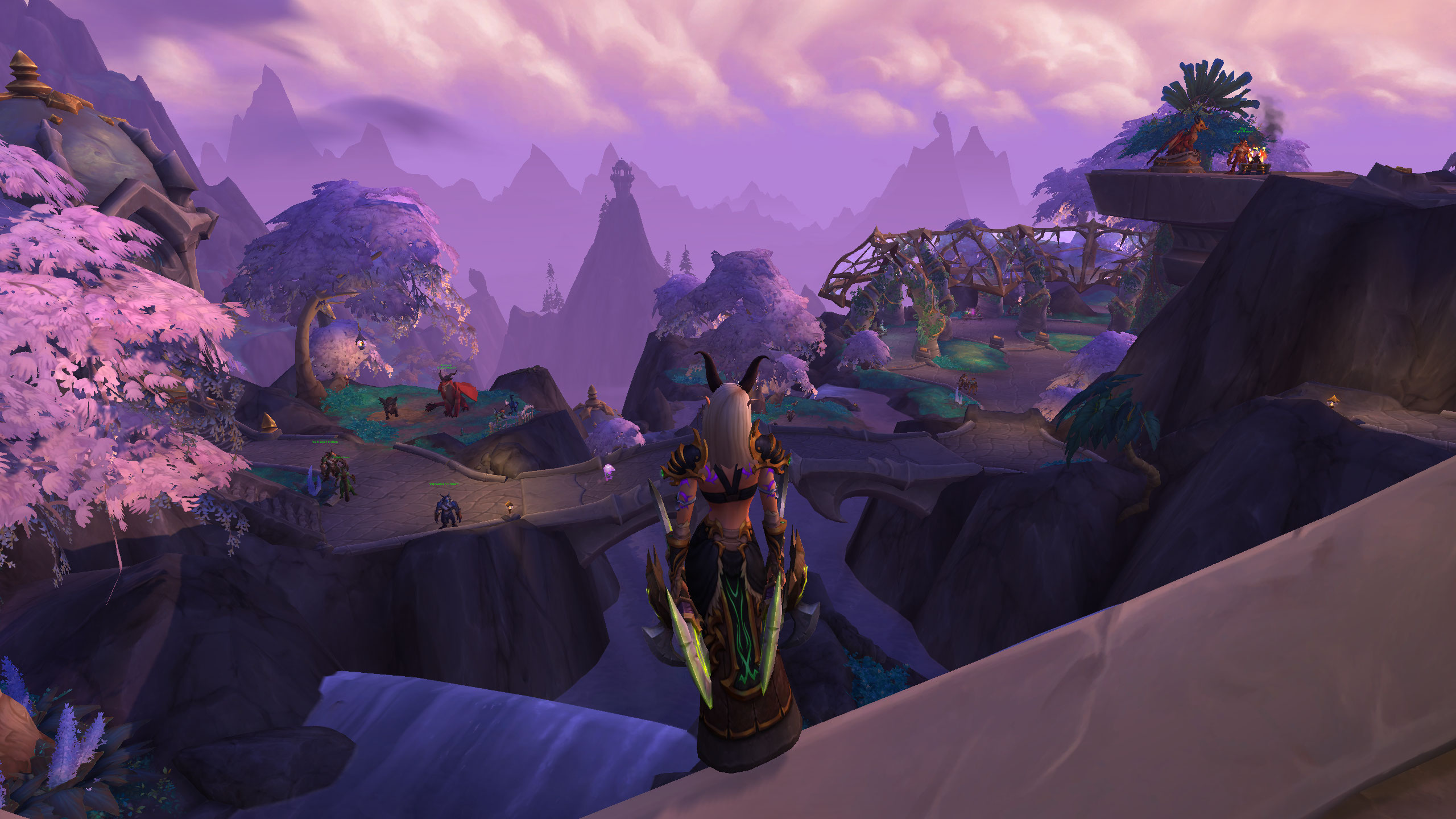
How often can we expect class balancing in Dragonflight? Is there any sort of set cadence to that?
Holinka: We have a pretty set cadence and schedule. Before the season begins, we take a look and see if there are any adjustments we have to make and then one week into the season we do another review. Then two weeks, then basically every other week after that we're doing a review of performance with all the data points that we have, whether that's logs that players are looking at, but also internal data and telemetry, across all the different forms of content we have.
We stick to that every-other-week cadence for a while, and we may not take action if we just don't see anything that needs to be addressed. But that's the frequency we're looking at. And then as the season goes on, we like to net out from every two weeks to every three weeks. But I feel like the closer we are to having added something, the less confident we are that we nailed it. And so we are more likely to make changes, the closer we are to a release. And then the further we get from a release, the more likely we kind of turn our attention to what's next. So that's our plan and that's been our plan in the past.
UI/HUD overhaul
So the new UI looks brilliant, and it goes beyond the surface of just what you see—there are a lot of different settings for accessibility too and some of the more obvious changes replace the need for specific addons. How much attention did you pay to addons in general, when you were looking at the UI update?
Crash Reed: When we approached the UI update, we looked at it from many, many vectors. I think the initial and most important vector was just the feedback that we were getting in general. When you look at the UI, specifically the HUD, it's the framework for how you're going to view the world. And as the world kept increasing artistically, the fidelity of the art and the UI wasn't. So we needed that frame to match this beautiful world and once we started going down that road, we realised that we could fix some of the visual fidelity: bringing certain things up and being more important, such as your spells—you'll notice they'll be brighter—and then pushing back other things like the micro buttons as you don't need those for moment-to-moment combat. We wanted certain things to pop forward.
Our goal was never to replace addons.
Crash Reed
The other thing that was a really big driving factor was accessibility. And so when looking at the UX and the accessibility portions of it, we quickly realised that there's no one design that we could make that would fit everybody because there are so many ways to play the game. You can play PvP, you could be in a mythic dungeon, or a mythic raid—just so many ways to do it. And then a lot of us play games, we use addons, so it's kind of an amalgamation of all these vectors. Getting that information from users, getting the past research, what addons are popular, what we liked from other games, and then kind of trying to find what is the WoW version of that? What can we do? What parts of it do we like from everything?
Our goal was never to replace addons. We think addons will always have a home and there's always going to be players that have very specific needs, you know?
Are there any plans to make further changes to the UI that you can talk about? Aside from what we've seen already?
Reed: Oh, yeah, absolutely. So this is an ongoing project and really, this was just our phase one, what we could get in for our very first pitch. We actually initially had a smaller amount, but the feedback has been so positive and overwhelming that we've just been really wanting to get more pieces in as much as we could. But this is definitely just a phase one approach. I don't know specifically what we're going to target next, but I want to work on the spellbook and I would love to fix the achievements panel. There are additional pieces that players are requesting to have moveable in edit mode itself, which we're definitely looking into doing. So, this is really just phase one of a much larger ongoing review of the HUD and the UI in general.
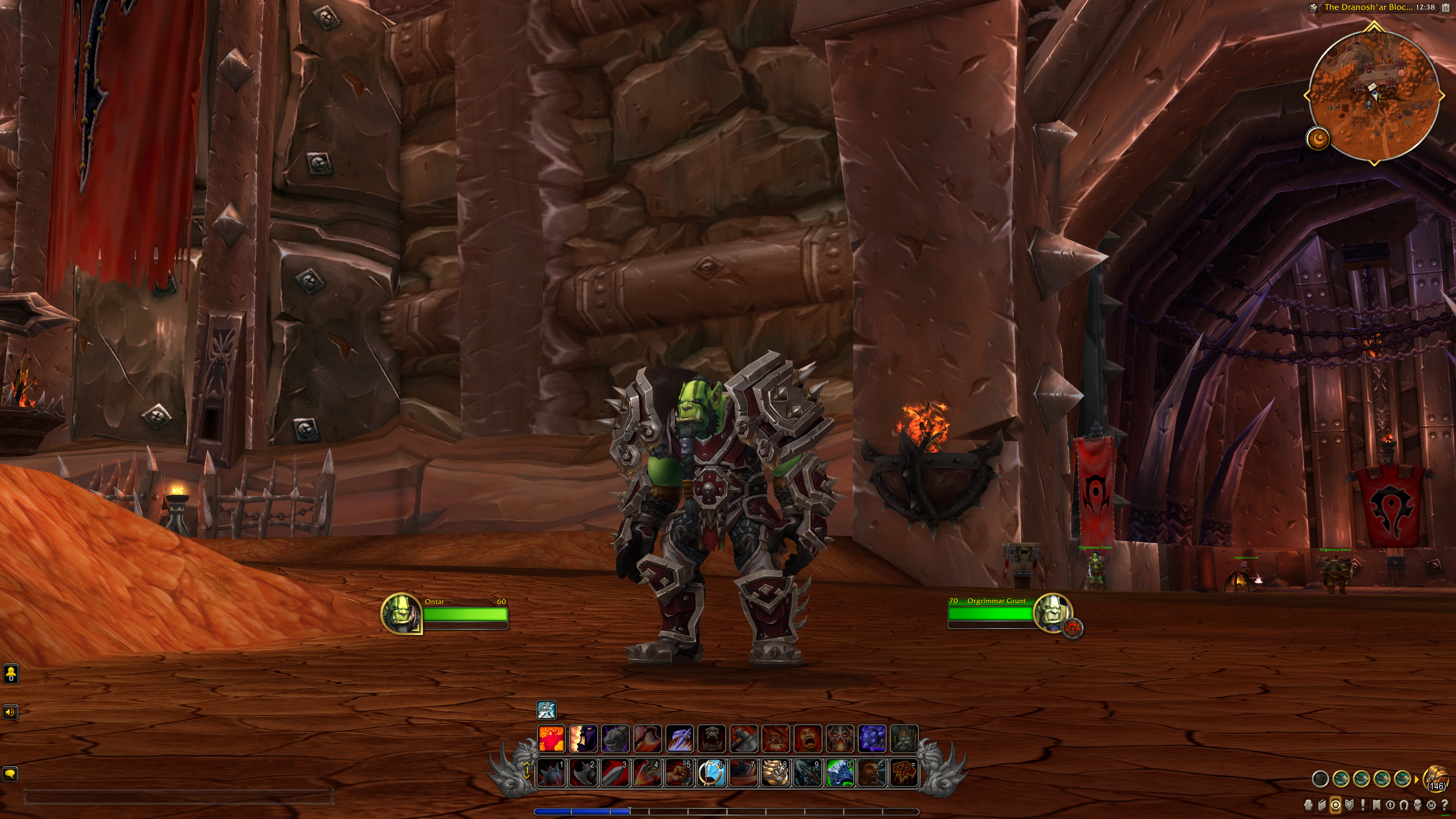
The professions are getting a pretty major overhaul in Dragonflight too. Was that something that was always planned or did that come around because of the big UI update?
Reed: The professions are obviously a much larger change than just the UI itself and we're definitely adding more to it from the UI standpoint but it's quite big. So we're adding in things like equipment, special equipment slots, and there are going to be qualities on your reagents—it's an overhaul of the system itself. The UX behind it is just there to support how much larger the system is getting and how much more you can do with it. So it's just trying to add in all those key elements and to fit in all that new stuff but then also keep it in a way that feels similar, so it still feels like your old professions in the way you'll navigate it.
One thing I love about the new UI is how clean it looks. You've got all the different things that you don't immediately notice, like the new loot windows and the cast bar but it still feels very "World of Warcraft". Did you get inspiration from anywhere in particular for that, or was it just the result of brainstorming?
Reed: It was definitely a result of brainstorming. Inspiration as well. We're all big gamers, we play tonnes and tonnes of games. But we went through a big UI powwow, like, "What should this new look be?" And at the very top of it, we had words like, "clean" and "accessible", and then one of the most important things was it still needs to be WoW. We can't lose that no matter what we do. That's number one, paramount. And so that was the big challenge. Trying to give something fresh but the moment you look at it, it still feels like home, it feels like World of Warcraft. And so some of our goals were really, like I was saying before, just trying to push certain things forward.
Trying to give something fresh but the moment you look at it, it still feels like home, it feels like World of Warcraft.
Crash Reed
So you'll notice, like with the cast bars, is where can we really pump up that art, but then also add accessibility to it. So the cast bars are brighter, but they also have a different texture attached to them for accessibility reasons. For people who have colorblind concerns, they can now read the difference between those. So it was really just finding that balance between each of those things.
PlayStation and Xbox controller icons were recently datamined from one of the beta builds. Is that purely to help with accessibility or is that something that might potentially point towards a console release in the future? Maybe Xbox Game Pass, for example.
Reed: Right now it's all geared towards gamepad improvements for accessibility reasons. So it's for players who are going to play on their PC. We're not only doing the support for the gamepads, but we're also adding in a new targeting system called action targeting. It's not just things you're fighting but also NPCs and it has nice highlights and stuff. So it's really the idea to help players who struggle to click on small icons or click on little things.
Then we also have another thing that goes with that as well, which is the Interact key, which I'm really, really excited about. Because when you're playing in a zone, let's say you have one of those quest items that you need to use and you have to click on it—I don't like clicking on it. So I love having an interact key so I can just focus, push the button and keep moving. So all those things in conjunction are all part of that game experience.
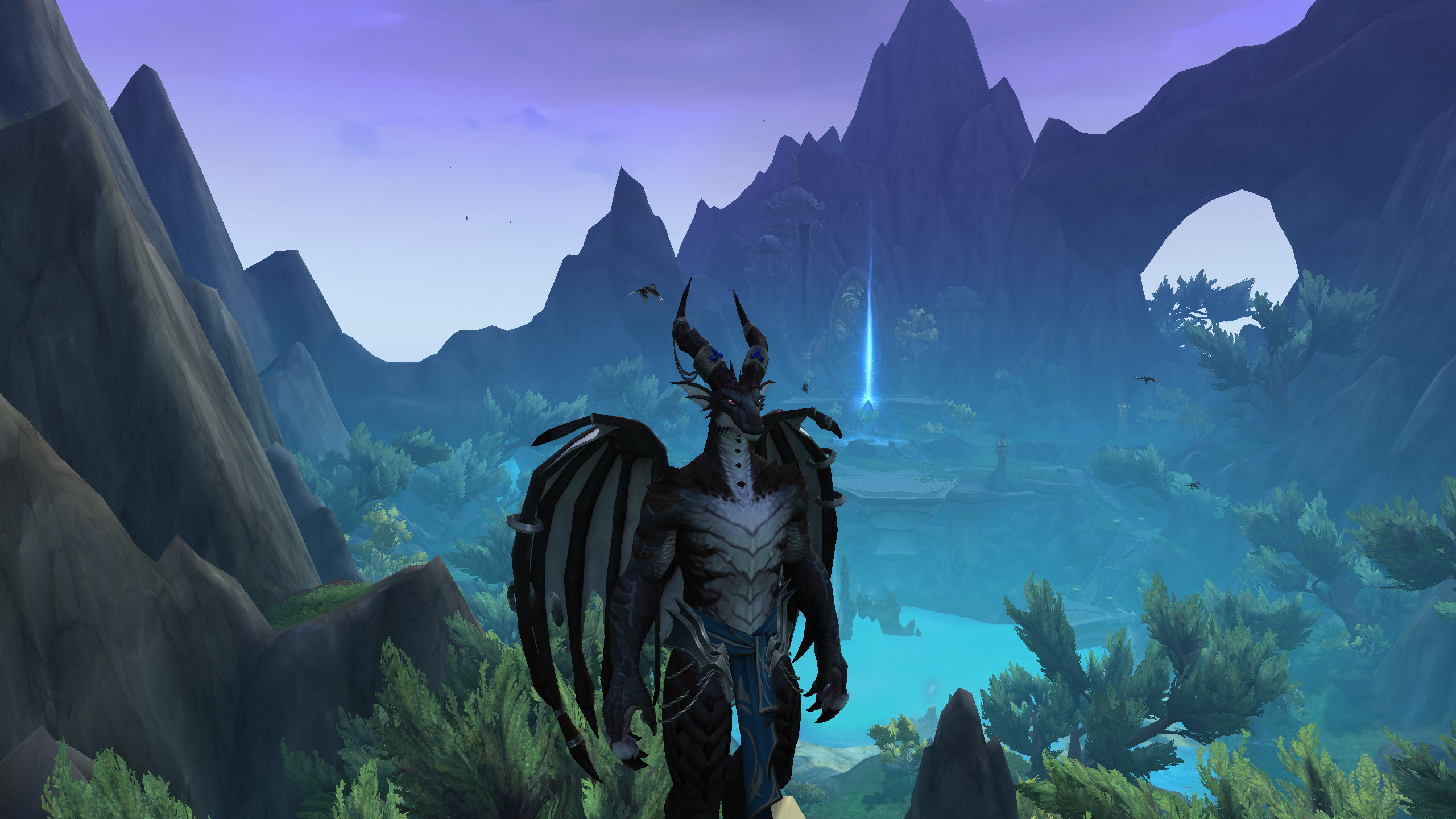
You both work in quite different areas within the World of Warcraft team so this is a closing question for both of you. Can you tell me what your favourite thing has been to work on so far for Dragonflight?
Holinka: You know, I think the evoker has been really exciting for us to work on. I'm not working on it directly, but just guiding the designers that are doing the work. And so I kind of get to give feedback on an in-development class and that's been really cool. We talk about goals, we talk about the problems that they're having. And so that's been fun to coach along with some other designers and help them develop and face these problems.
Adding new classes is a unique design challenge that we really only encounter every four to five years or so, and so we don't have a playbook for that.
Brian Holinka
Adding new classes is a unique design challenge that we really only encounter every four to five years or so, and so we don't have a playbook for that. It almost feels like we're doing it new every time right? And that's been a really awesome experience for me to go through, helping them out and just seeing what they come up with and being really proud of the work they did. And the class is fun and just, as a player, really delivers on that dragon fantasy that you're hoping for.
Reed: For me? It's going to be a two-fold answer. One of them selfishly is the edit mode. I've been playing WoW since the beginning, and I have dreamed about being able to put this in. So having the opportunity to do that, it just feels great. And seeing the response from players and how excited they are about it is just amazing.
But then the part that I'm also quite excited about is dragonriding. The idea of being able to fly around, swoop around, a new style of flight. Just gaining momentum, getting that breeze. All of that is just so super cool. And so I'm really getting to ride on a dragon, that's awesome. So you get to be a dragon, but riding on one, man. That really gets my nerd side going.
World of Warcraft: Dragonflight is set for release on November 28, 2022.
WoW Dragonflight: Everything we know
Dragonflight leveling: Get to 70 fast
Dragonflight talents: New trees explained
Dracthyr Evokers: The new race and class

Sarah started as a freelance writer in 2018, writing for PCGamesN, TechRadar, GamingBible, Red Bull Gaming and more. In 2021, she was offered a full-time position on the PC Gamer team where she takes every possible opportunity to talk about World of Warcraft and Elden Ring. When not writing guides, most of her spare time is spent in Azeroth—though she's quite partial to JRPGs too. One of her fondest hopes is to one day play through the ending of Final Fantasy X without breaking down into a sobbing heap. She probably has more wolves in Valheim than you.
